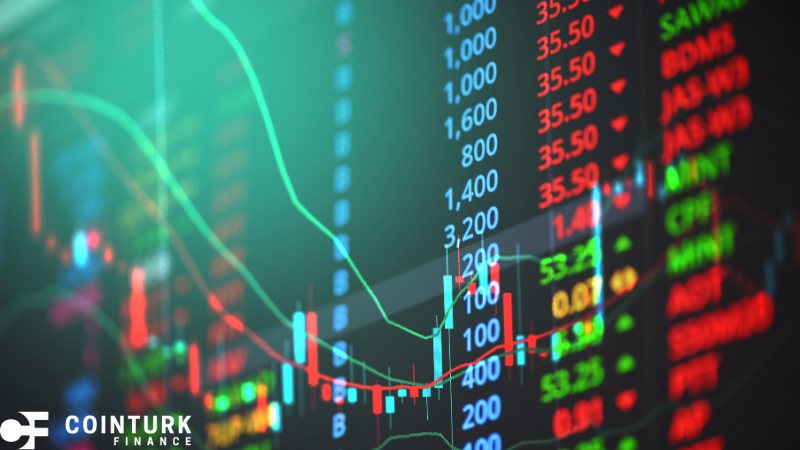Considering the importance of passive income, many investors are exploring diverse financial products to achieve consistent returns. Instead of solely focusing on the appreciation of asset value, they are beginning to prioritize options that offer monthly dividends. Exchange-Traded Funds (ETFs) have become prominent due to their stability and potential for income generation. These instruments are especially appealing to those aiming for financial security in retirement and exhibit a different yield and risk profile compared to traditional stocks and bonds.
Previously, investors primarily leaned towards fixed income and dividend-paying stocks to generate passive income. However, with market dynamics shifting, ETFs offering monthly dividends have gained traction. These financial instruments provide a diversified approach in contrast to the singular focus of older methods. Thus, ETFs are gaining popularity for harnessing the benefits of both equity and fixed income assets, which was less emphasized in earlier investment strategies.
How Do Dividend ETFs Manage to Pay Monthly?
These funds operate by strategically investing in assets that provide regular income, like preferred stocks and high-yield bonds. This approach ensures regular payouts to investors. One such ETF, the iShares Preferred and Income Securities ETF (PFF), gives investors exposure to preferred stocks with a significant dividend yield of 6.5%. This ETF aims to mirror the performance of the ICE Exchange-Listed Preferred & Hybrid Securities Index, which is recognized for high-quality, income-focused investments.
Why Choose ETFs Over Individual Stocks?
For many investors, the answer lies in diversification. The SPDR Dow Jones (BLACKBULL:US30) Industrial Average ETF Trust (DIA), for instance, offers exposure to 30 major U.S. companies, ensuring stability alongside income generation. While the dividend yield of 1.5% might seem modest, it surpasses many index ETFs, appealing to those who prioritize capital preservation with a slight income boost.
Another option, the Invesco Preferred ETF (PGX), specializes in investment-grade preferred securities, delivering a 5.9% yield. Despite the associated expenses, the fund’s focus on under-correlated markets can offer stability during economic fluctuations.
Leading investors like Warren Buffett often favor these structured products. They appreciate the blend of yield potential with reduced market volatility.
These ETFs represent a modern evolution in investment strategies, balancing risk and income in a dynamic market. By selecting a mix of ETFs, investors can potentially shield themselves from volatility while building a steady income stream.
The ongoing diversification and adaptability in portfolios are indicative of changing investment approaches. Understanding these shifts gives investors a broader perspective on portfolio management. Staying informed about dividend-paying ETFs and their operational mechanics can be beneficial for those looking to refine their investment strategy.










